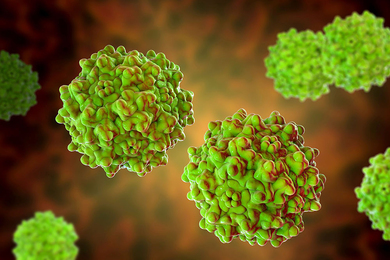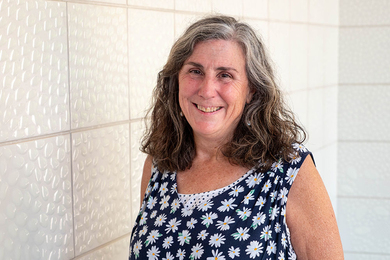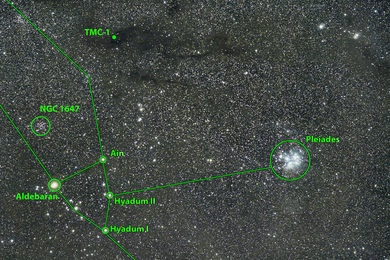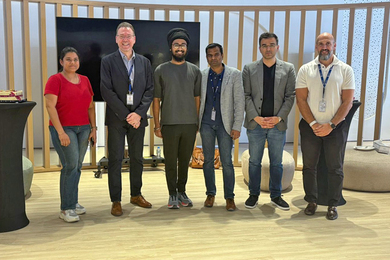Experts have long suspected that part of the process of turning fleeting short-term memories into lasting long-term memories occurs during sleep. Now, researchers at the RIKEN-MIT Center for Neural Circuit Genetics of MIT's Picower Institute for Learning and Memory have shown that mice prevented from "replaying" their waking experiences while asleep do not remember them as well as mice who are able to perform this function.
The work, which has a profound implication in the century-old search for the purpose of sleep, will be reported in the June 25 issue of Neuron.
It is widely believed that memories of events and spaces are stored briefly in the hippocampus before they are consolidated in the neocortex for permanent storage. The seahorse-shaped hippocampus is thought to play a key role in learning and memory, but the precise circuits and mechanisms involved are not well understood.
"Our work demonstrates the molecular link between post-experience sleep and the establishment of long-term memory of that experience," said Susumu Tonegawa, the Picower Professor of Biology and Neuroscience at MIT and lead author of the study. "Ours is the first study to demonstrate this link between memory replay and memory consolidation. The sleeping brain must replay experiences like video clips before they are transformed from short-term into long-term memories."
The researchers looked at a circuit within the hippocampus known as the trisynaptic pathway, in which neuronal information passes through the hippocampus' three main substructures before moving on. "We demonstrated that this pathway is crucial for the transformation of a recent memory, formed within a day, to a remote memory that still exists at least six weeks later," Tonegawa said.
Creating a strain of engineered mice in which a change of diet shuts down trisynaptic circuits, the researchers implanted electrodes that monitored the activities of the animals' hippocampal cells as the animals ran a maze and then slept.
Not-so-instant replay
While they were still awake and running, the mice formed within their brains a pattern of place cells, or neurons that were firing in recognition of the maze the mice had learned to negotiate. During their post-run sleep, particularly during a deep sleep phase called slow-wave, the specific sequence of place cells that fired during the run was "replayed" in a similar sequence.
In human studies testing the role of slow-wave sleep in memory consolidation, the group that napped after memorizing word pairs such as "fruit-banana" and "tool-pliers," was able to recall a greater number of word pairs than those who did not nap.
This replay during sleep had been speculated, but has never been demonstrated, to be important for converting the recent memory stored in the hippocampus to a more permanent memory stored in the neocortex. "We have demonstrated that in the mutant mice in which the trisynaptic pathway is blocked, this replay process during the slow-wave sleep is impaired." Tonegawa said. The animals were able to form long-term memories of the maze only when their trisynaptic pathways were functioning after the formation of the short-term memory.
"Our conclusion is that the trisynaptic pathway-mediated replay of the hippocampal memory sequence during sleep plays a crucial role in the formation of a long-term memory," he said.
In addition to Tonegawa, authors are Picower Institute research scientist Toshiaki Nakashiba, Picower Institute postdoctoral associate Derek L. Buhl and Picower Institute research scientist Thomas J. McHugh.
This work was supported by the National Institutes of Health and Otsuka Pharmaceutical Development & Commercialization Inc. based in Tokyo.





